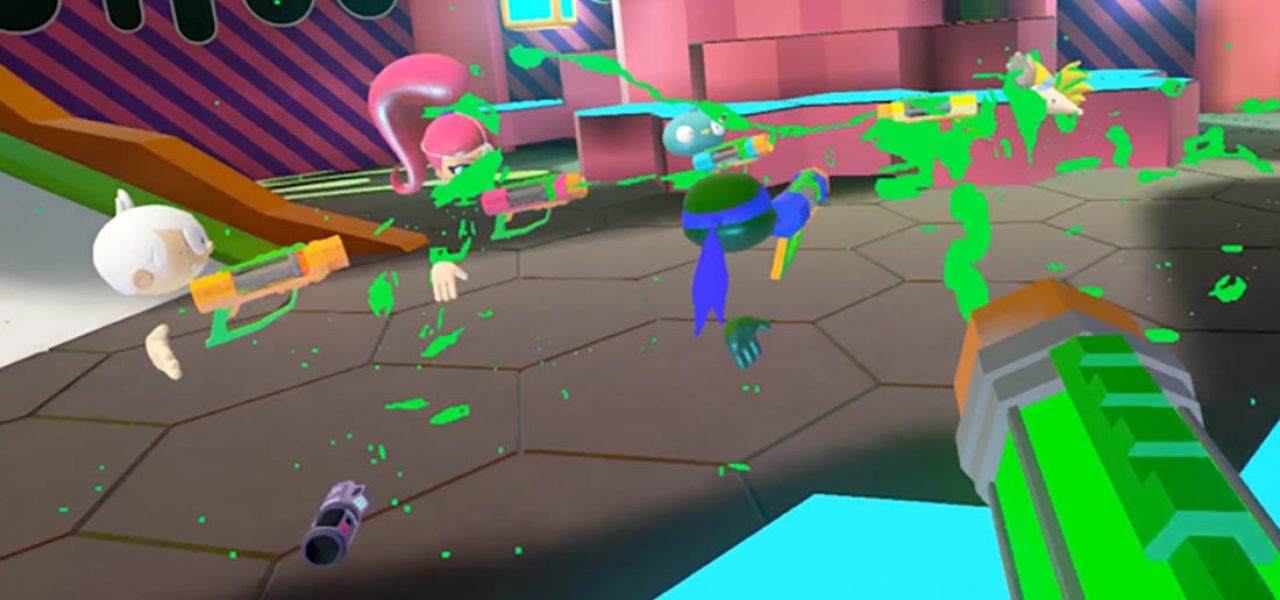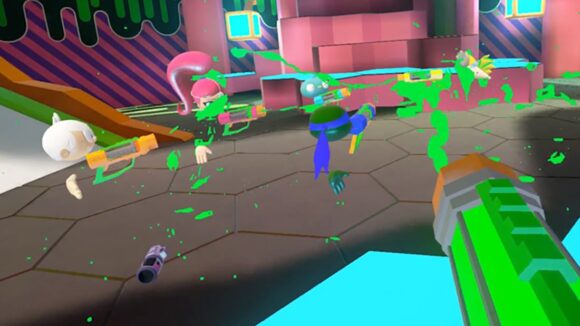

Nickelodeon Launches Entertainment Lab To Develop Future Technologies
Nickelodeon took a decisive step into the future today with the announcement of its new Burbank-based Nickelodeon Entertainment Lab.
The forward-looking initiative will invest financial resources into research and development of new technologies and platforms that could eventually have an effect on the content that the studio’s artists create and how children experience Nick content.
The network doesn’t expect an immediate payoff from the division. Some of the “long-range” areas that are currently being investigated at Nick include real-time rendering, virtual cinema, virtual reality, augmented and mixed reality, and artificial intelligence. The resulting innovations will extend beyond broadcast, and could be applied to Nickelodeon’s businesses in live-action films, gaming, and theme parks.
The Nick Entertainment Lab has identified its goals as “building prototypes to test new ideas, collaborating on innovation with creators, and shaping strategy around production capabilities to fuel future content opportunities.”
“Our Entertainment Lab is a way to give our artists and creators access to innovative tools to inspire new ways to tell stories for the next generation of kids,” said Nickelodeon Group president Cyma Zarghami. “We are working with technology partners, gaming and visual effects companies and our own creators to bring our IP to new platforms, in new formats, and faster.”

Chris Young has been named senior vice president of the Lab. He previously served as executive creative director of the Nickelodeon Animation Lab, the forerunner of the new Entertainment Lab. That earlier incarnation was focused more specifically on developing production pipeline technologies, like real-time rendering. Prior to that role, he had been a producer at Nick. Young will report to Matthew Evans, EVP of digital & new Business, and James Stephenson, SVP of original animation.
Although the rebranded Lab was announced today, Nick has been exploring new technologies over the past couple years. For one of its recent tech demos, Young oversaw the creation of a real-time virtual puppet version of Lincoln Loud using Adobe’s Character Animator software. The idea was to see whether the star of The Loud House could be used as a real-time animated host for one of the network’s programming blocks.
Another recent Nick tech demo is the vr experience Slime Zone (pictured at top), in which up to six players use avatars of Nick characters to engage in virtual space activities like blasting slime at each other. A video of Slime Zone in action can be seen here.

